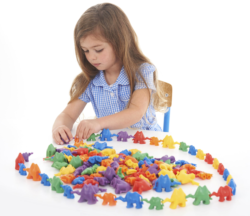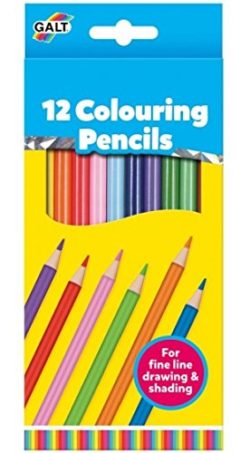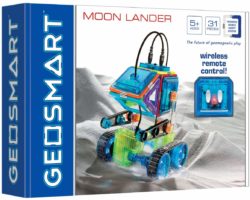No products in the cart.
Special Needs Toys
Motor Skills
Best Toys and Resources to develop fine motor skills. Here is our range of fine motor skills activities for young children.
FILTER
Age
- 1
- 2
- 3
- 4
- 5
- 6
- 7
- 8
- 9
- 10
- 11
- 12+
Product Type
- Accessories
- Arts & Crafts
- Books
- Flashcards & Wipe-Clean
- Games
- Jigsaws & Puzzles
- Learning Resources
- Toys
Stage
- Babies
- Early Years
- Primary KS1
- Primary KS2
- Toddlers
Skill
- Communication Skills
- Creativity
- Discovering the World
- Fine Motor Skills
- Health & Self-care
- Imagination
- Independent Learning
- Languages
- Listening
- Literacy
- Managing Feelings
- Mathematical Skills
- Memory
- Mindfulness
- Observational Skills
- Physical Development
- Problem Solving
- Reading
- Scientific Skills
- Self-assessment
- Self-confidence
- Social Skills
- Speaking
- Thinking Skills
- Understanding
- Writing
Areas of Learning
- Arts and Design
- Communication & Language
- Literacy
- Mathematics
- Personal, Social & Emotional Development
- Physical Development & Fine Motor Skills
- Understanding the World
Subject
- Arts and Design
- Design & Technology (DT)
- English
- Geography
- History
- ICT
- Languages (MFL)
- Mathematics
- Physical Education (PE)
- Science
Languages
- Arabic
- Bilingual
- English
- French
- German
- Mandarin Chinese
- Polish
- Russian
- Spanish
- Welsh
Brand
- 25th Century Games
- 4M
- Abrams Books
- Action Phase Games
- Alderac Entertainment Group
- Alley Cat Games
- Amazing Tales
- Andersen Press
- Andrew Brodie Publications
- Arcane Tinmen
- Arcane Wonders
- Ares Games
- Asmodee Editions
- Atlas Games
- Atomic Mass Games
- Awaken Realms
- b small publishing
- Baby Einstein
- Bandai
- Barefoot Books
- Barrington Stoke
- Battlefront Miniatures
- Beehive Toys
- Bezier Games
- Bezzerwizzer
- Big G Creative
- Big Sky Games
- BigJigs Toys
- Blackrock Editions
- Bloomsbury
- Blue Cocker Games
- Blue Orange
- Board And Dice
- Board Game Hub
- Bombyx
- Boxer Books
- BrainBox
- Brother Wize Games
- Bushiroad
- Buster Books
- Cambridge Brainbox
- Candylab
- Capstone Games
- Catan Studios
- Cephalofair Games
- Cheapass Games
- Chessex
- Chronicle Books
- Cicada
- Cool Mini Or Not Inc
- Curiscope
- CWR
- Dantoy
- Didicar
- DK
- DT
- EDU-QI
- EDUPLAY
- Edx Education
- Egmont
- Emaan Productions
- Faber & Faber
- Fat Brain Toys
- Fine Feather Press
- Flying Eye
- Galison Mudpuppy
- Galt Toys
- Gamelyn Games
- Gamewright
- Gecko Press
- GeoSmart
- Gigamic
- GoGo
- Gowi Toys
- Graffeg
- Great Gizmos
- Green Toys
- HABA
- Hape
- Happy Cube
- Hinkler Books
- Horrible Games
- Ivy Kids
- Jar Meló
- Klutz
- Knowledge Builder
- Kumon Publishing
- Lanka Kade
- LeapFrog
- Learning Resources
- Lerner
- Letterland
- Lexie Mouse Publishing
- Lincoln Children's Books
- Little Island
- Little Tiger
- Little Wise Toys
- LOM Art
- Lonely Planet
- Lottie
- Mad Mattr
- Magic Cat
- Make It Real
- Mary Meyer
- masterkidz
- Melissa & Doug
- Michael O'Mara
- MindWare
- Mobilo
- MOLUK
- Moondance Press
- Morphun
- nanoblock
- Nebulous Stars
- Nosy Crow
- Orchard Toys
- Otter-Barry Books
- Page Street Publishing
- Paul Lamond
- Pavilion
- Petit Collage
- Plan Toys
- Playcolor
- Playmobil
- Poptacular
- Primo
- Princeton Architectural Press
- QED
- Quercetti
- Raintree
- Renegade Game Studio
- Rubbabu
- Rubik's
- Santoys
- Sassi
- Scallywag
- Schofield & Sims
- Scholastic
- Scrunch
- Shade 7 Publishing
- Shaw Magnets
- Skillmatics
- Skip Hop
- Smart Games
- Smartivity
- SmartMax
- Sourcebooks
- Storey Publishing
- Tactic
- Tate Publishing
- The Green Board Games Co
- The Puppet Company
- TickIT
- Tidlo
- Top Class
- Twirl Publishing
- Usborne
- Verdes Innovations
- Viga
- Walker Books
- Welbeck
- What on Earth
- Wide Eyed Editions
- Wilberry
- Wiz Kids LLC
- words & pictures
- WordUnited
- Workman Publishing
- Yoyo Books
- Z-Man
- ZooBooKoo
Stock status
- In Stock
- Out of Stock
Showing 1–12 of 460 results
-


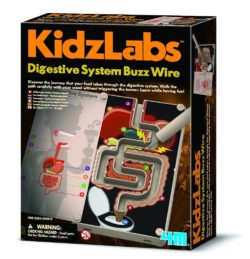

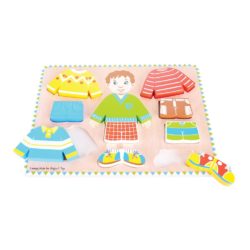

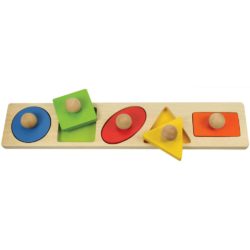

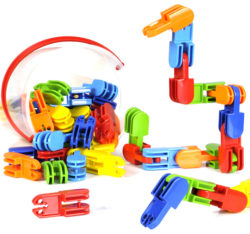

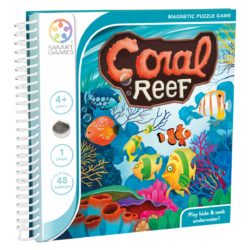

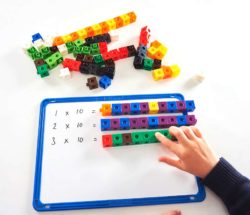

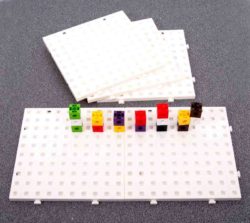

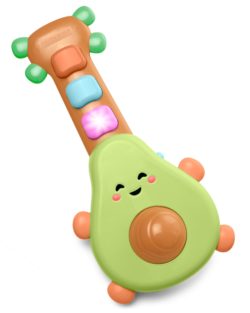

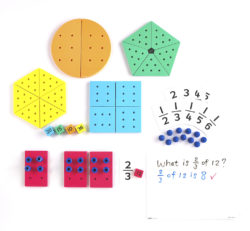
Fine motor activities EYFS
Play is crucial to children’s gross and fine motor skills development— it is one of the most effective ways parents can help develop their child’s early years fine motor skills (EYFS). Through play, children practise and master how to control and coordinate both gross and fine motor activities.
Gross motor skills enable children to carry out essential daily activities, such as walking around the house and brushing their teeth. Fine motor activitiesinvolve the careful control of small muscles in the hands, feet, fingers, and toes—movements that enable minor but equally significant matters like opening doors, zipping zippers, brushing teeth, and washing hands. Tongue and lip muscle control that allows speech is also a fine motor skill.
Activities that Support Fine Motor Skills Development
The best way for you to help promote fine motor skills developmentis to let your child handle and play with as wide a variety of fine motor skills toysas their imagination demands. Good choices include blocks, colouring pencils, modelling clay, and, safety scissors. Turning the pages of books also provides a great way to encourage fine motor skills development. Board books are sturdier and easier to manipulate for very young children. Developing fine motor skills helps all children, including children with dyspraxia and special needs.
Fine motor skills for 2 year olds
Children start to develop hand dexterity and strength that will eventually help prepare them for pencil controlwhen they turn two. They also begin learning how to handle and manipulate objects deliberately. For young children to master hand and finger control, they need to build their strength through play. Two-handed tasks are also excellent for the cognitive and fine motor skills developmentof two-year-olds. Any activity that requires your child to coordinate both hands together is an exceptional tool for development. An example is squishing, moulding, squeezing, and rolling a ball of playdough into a long “snake” and then cutting it with plastic modelling tools.
Fine motor skills for 3 year olds
When your child turns three, they can now play with more advanced fine motor skills toys.They can solve basic puzzles, and scribble with a colouring pencil or pen. Children of this age are now able to match pegs into matching spaces and colours. Three-year-olds can now learn the pincer grasp, and pick up and sort small items using tweezers. Other fine motor skills for 3-year-olds include hand and wrist stability that enables them to place blocks with control and build towers. Large wooden ones are easiest for toddlers to manipulate. Three-year-olds usually begin to start using one hand more often than the other, and you can determine if they are left or right-handed.
Fine motor skills for 4 year olds
Around ages three to four years, children start to manipulate clothing fasteners, like shoelaces and buttons, and improve in dressing and undressing themselves. At this age, children usually find joy in using scissors to cut paper. Letting your preschooler regularly use safety scissors is one of the best motor skills exercisesyou can have them perform. You should make sure that your child is exercising both hands by holding the scissors in a thumbs-up position as well as holding the paper with the other side with their thumb facing up. Four-year-olds now have better pencil controland can hold instruments like wide-barrelled pencils in a writing hold instead of holding them with their fist. They can also twist objects with their hands.
Fine motor skills for 6 year olds
6-year-olds begin to exhibit the skills required for excelling in school, such as writing letters and drawing basic shapes. They can manipulate pencils and pens with better control. Writing books are great fine motor skills toysthat encourage and develop writing skills. Children can also complete more advanced tasks, such as brushing their teeth and combing their hair. 6-year-olds can also eat without an adult supervising or helping them.
Prewriting skills
Prewriting activities help children develop their visual memory and the ability to associate objects with written and spoken words. In relation to fine motor skills development, these activities aim to refine children’s finger and hand movement and control. Prewriting skillscan be classified into hand-eye coordination, finger separation (moving individual fingers), and the ability to stop and start movement. The ability to stop will enable children to write letters and shapes, while hand-eye coordination will enable them to write along a line.
Before children can write, they need to develop hands and finger strength. There are a variety of fine motor skills toys that strengthen these muscles and help perfect finger separation and hand-eye coordination. Pegs are a great way to exercise pencil control. Before learning to hold a pencil, children can practice tracing the alphabet with a finger in order to become more familiar with their letters. Children who perform motor skills exercisesfrom a young age will have better pencil controland dexterity with objects like paintbrushes and scissors.



 01782 698558
01782 698558


